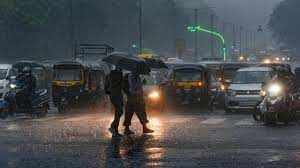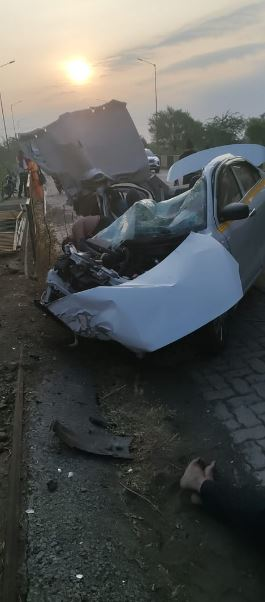Jaisalmer News Desk: The water coming out from the Aravalli Hills, mixing with the water of various rivers, streams and streams, has started moving towards its destination, filling up Jodhpur district’s biggest Jaswant Sagar Dam. On Sunday, when the sheet of water started flowing from the 44 gates of the dam, the people of the area gathered to see it. The water coming out of the gates filled the ponds and lakes around the dam and crossed the Luni bridge four kilometers away. People from the nearby villages who were already present here, welcomed the water.
The water body will reach its last point, the Rann of Kutch, and merge into the marsh there. The Luni river, which is considered as Maruganga, is also called Lavanavati. This river flows in the south-west region and merges into the Rann of Kutch. The length of this river is 495 kilometers. The water body that emerges from the source was named Sagarmati. After this, this water body merges with the Saraswati river coming from Pushkar near Govindgarh. Touching Nagaur and Pali districts, it gathers speed in the Jhaak and Kalauna rivers of Jodhpur district and fills the Jaswant Sagar Sagar Dam. The specialty of this Maruganga is that the water of this river remains sweet till Balotra. After that, as the river moves forward, the water becomes salty due to the dissolution of salinity in the water body.
The happiness of the farmers is worth seeing
Even though Jaswant Sagar Dam was full in 2007, a part of the dam’s embankment got damaged and the water was wasted. As such, there was no significant impact on the ground water level of the area and the water level kept falling day by day. The land was not even suitable for cultivation. Now that the dam is full to the brim and the water will flow for many days, the farmers are delighted with this hope.
The gravel mafia has ruined the river
Despite the dam being full for 36 hours, the water is moving very slowly towards the Luni river. The gravel mafia has dug huge pits in the river area while mining gravel. In a way, the river has been turned into a sieve. This is the reason why the speed of water moving forward is very slow.


